Text
''As we know from studying the DV cycle, many narcissistic abusers know when and how to shower romantic tidbits on their victims just when they are at the point of leaving. … Their infrequent tidbits have more warmth in them than anything the codependent received at home, so she quickly becomes re-hooked, and just as quickly the cycle of abuse begins again.''
-Pete Walker, Complex PTSD: From Surviving to Thriving
3 notes
·
View notes
Photo

I’ll send you a letter. Yeah. Fuck this. Fuck this world. Nice hook, Marty.
23 notes
·
View notes
Text
''I define trauma-induced codependency as a syndrome of self-abandonment and self-abnegation. Codependency is a fear-based inability to express rights, needs and boundaries in relationship. It is a disorder of assertiveness, characterized by a dormant fight response and a susceptibility to being exploited, abused and/or neglected.''
-Pete Walker, Complex PTSD: From Surviving to Thriving
(I am half codependent and half using-codependency-as-disguise-to-figure-out-potential-abusers)
2 notes
·
View notes
Text




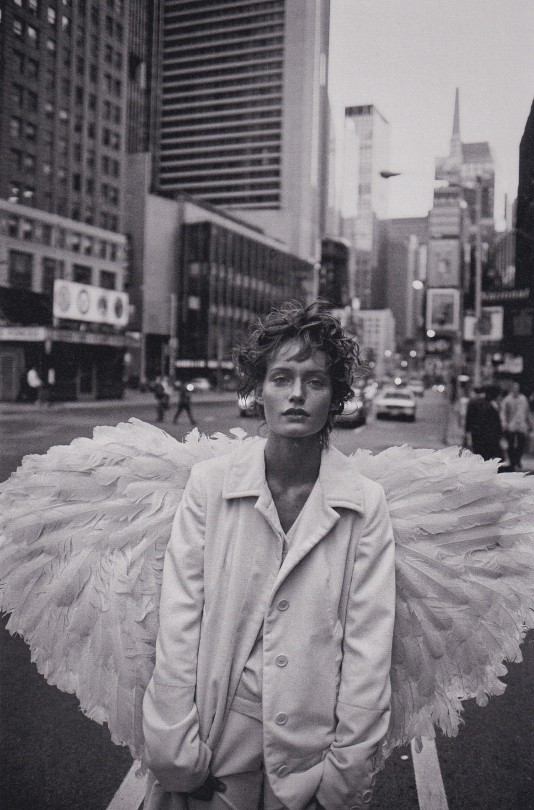

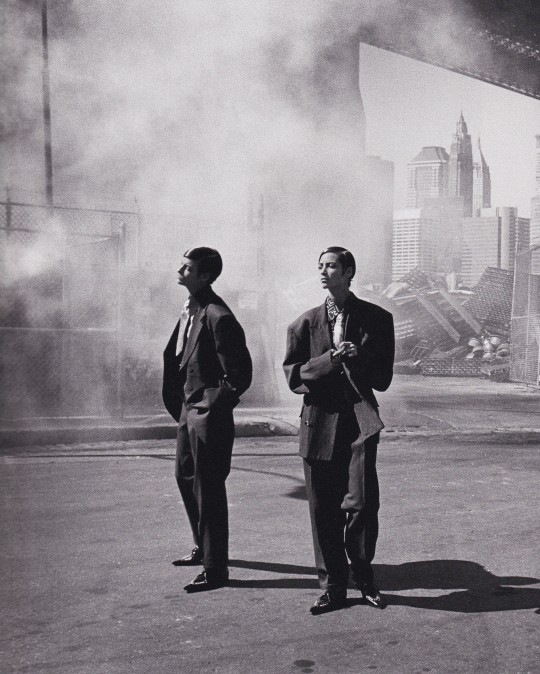






Peter Lindbergh
Con una selezione di foto commentate da Emanuele Farneti
Visionari. I geni della fotografia n. 19
GEDI, Torino 2022, 143 pagine, 24,5x29,5cm,
euro 25,00
email if you want to buy [email protected]
Che Peter Lindbergh amasse “la moda, ma le donne di più”. Che usasse la fotografia come fosse cinema, per raccontare storie (fatte di più attimi messi in fila, oppure di uno solo e risolutivo). Che i suoi luoghi preferiti fossero spiagge, oppure fabbriche dismesse, o deserti, comunque spazi neutri per non togliere attenzione agli sguardi e ai gesti che voleva fossero i veri protagonisti delle sue immagini. Che amasse più di tutto la luce naturale, e come pochissimi sapesse dosarla per disegnare un volto. Che fosse lui ad aver in un certo senso inventato le supermodel, le donne più glamour dei suoi tempi che lui però, per paradosso, amava raccontare senza trucco, senza glamour. Che fosse capace di ironia. Che conoscesse la storia e il mito. Che, come tutti, ciascuno con i propri strumenti, cercasse un senso al nostro stare al mondo, alla malinconia del tempo che corre, a quello che lascia e a quello che toglie. Che si sentisse profondamente europeo, anche quando fotografava l’America. Soprattutto: che sapesse farsi amare dalle persone da lui ritratte. Di tutto questo troverete traccia nelle immagini del volume della collana Visionari a lui dedicato: una selezione di oltre quarant’anni di lavoro, una testimonianza di un percorso artistico irripetibile, che ha beneficiato e a suo modo contribuito a determinare quegli anni lievi e con il senno di poi felici della nostra cultura popolare a cavallo del nuovo millennio. Amante del nostro cinema neorealista, e convinto che il suo lavoro fosse quello di raccontare la verità, o almeno una sua ragionevole approssimazione, disse una volta: “Qualcuno sostiene che la fotografia debba far sognare. Io non credo che le mie foto facciano questo effetto”. Come vedrete in questo volume, si sbagliava.
09/02/24
9 notes
·
View notes
Text
''Extreme emotional abandonment…also creates this kind of codependency. The severely neglected child experiences extreme lack of connection as traumatic, and sometimes responds to this fearful condition by overdeveloping the fawn response. Once a child realizes that being useful and not requiring anything for herself gets her some positive attention from her parents, codependency begins to grow. It becomes an increasingly automatic habit over the years.''
-Pete Walker, Complex PTSD: From Surviving to Thriving
1 note
·
View note
Text
''Realizing that I had just apologized to a chair suddenly made me feel enraged. I felt furious that something had happened to me to give me a Pavlovian “I’m sorry” response.
I had been pursuing family of origin exploration for quite some time, and the accumulated evidence quickly convinced me that my parents deeply imprinted me with a fawn response. I was brainwashed with a default program to ingratiatingly apologize when anything in the natural order of things changed around me.''
-Pete Walker, Complex PTSD: From Surviving to Thriving
4 notes
·
View notes
Text
667 notes
·
View notes
Text
''Good drawing is, well, it is tough to say, but I think of it as clarity of thought revealed on paper.''
-Craig Mullins
0 notes
Text







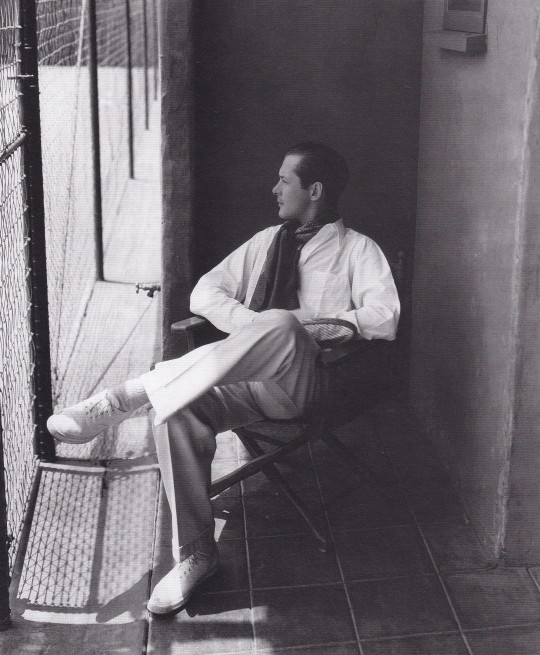


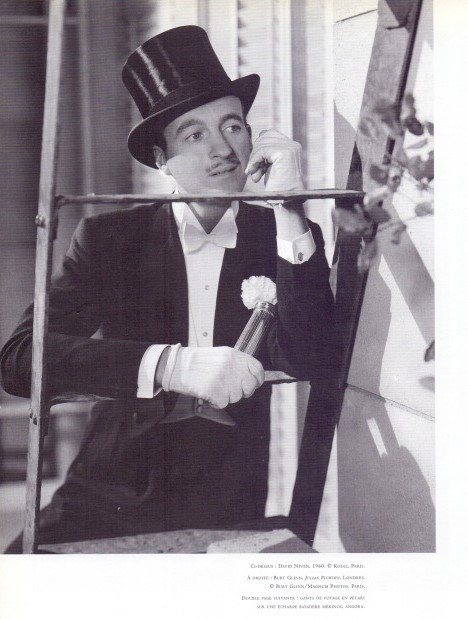


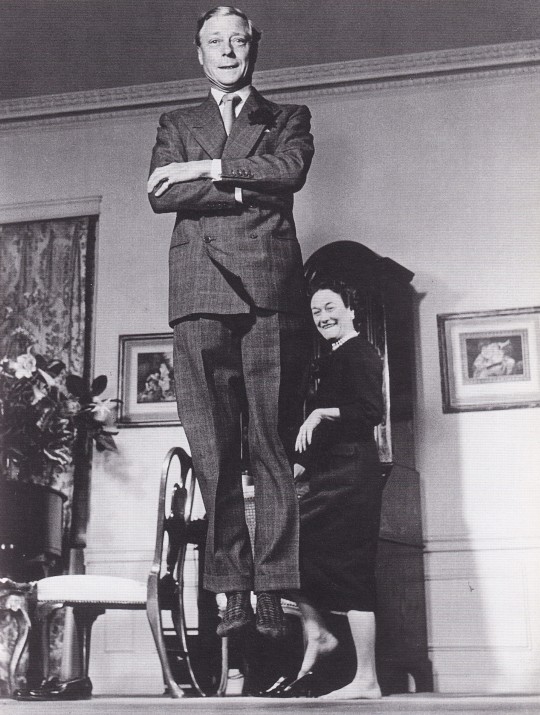

So British
par Eric Deschodt et Sacha Van Dorssen
Editions du Régard, Paris 2022, 296 pages, 23x28,4cm, ISBN 978284 105 1588,
euro 60,00
email if you want to buy [email protected]
Cet ouvrage aborde l'élégance anglaise masculine à travers l'histoire de la célèbre enseigne parisienne Old England, installée sur les grands boulevards de la capitale dès la fin du XIXe siècle. Tout ce qui a contribué à bâtir la notoriété de ce grand magasin, depuis les complets en tweed jusqu'aux pulls en shetland, est présenté dans cet ouvrage et accompagné d'illustrations de mode d'époque et d'oeuvres qui ont valorisé cette mode à l'anglaise.A travers cet ouvrage et l'histoire d'Old England, l'artisanat anglo-saxon est mis à l'honneur.
08/02/2024
19 notes
·
View notes
Photo

Watchers in the Night - Thomas Blackshear— with Ruslana Kovalynskaya.
[Guillaume Gris]
* * * *
“The cause is hidden. The effect is visible to all.”
― Ovid
+
“Ninety percent of most magic merely consists of knowing one extra fact.”
― Terry Pratchett, Night Watch
35 notes
·
View notes
Text
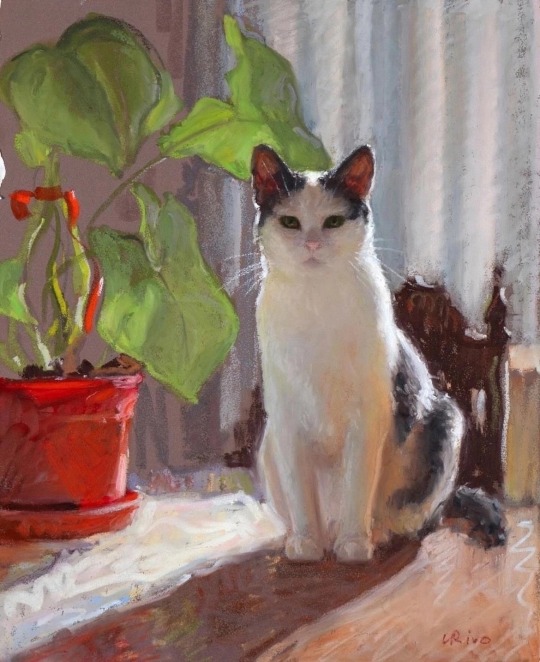
Art Library :
Потрясающая работа, выполненная пастелью на бумаге для пастели, художницы и иллюстратора Лены Риво.
1 note
·
View note
Text
''In her article “Toiling in the Field of Emotion” (2008, 270), psychiatrist Harriet Fraad uses the term emotional labor to describe this effort to understand others: “Emotional labor is the expenditure of time, effort, and energy utilizing brain andmuscle to understand and fulfill emotional needs. By emotional needs, I mean the human needs for feeling wanted, appreciated, loved, and cared for. Individuals’ emotional needs are often unspoken or unknown/unconscious. Emotional labor often occurs together with physical labor (producing goods or services), but emotional labor differs from physical labor by aiming to produce the specific feelings of being wanted, appreciated, loved, and/or cared for.”
She goes on to explain that some people don’t always realize they need emotional comforting, since emotional needs are often vague or subconscious. Other people might hide their need because they’re ashamed to admit it, so helpers must offer comfort tactfully and obliquely, allowing the person to save face.
...
Emotionally immature people, ...often take pride in their lack of this skill. They rationalize their impulsive and insensitive responses with excuses like “I’m just saying what I think” or “I can’t change who I am.” If you confront them with the fact that not saying everything you think is a sign of good sense or that people can’t mature without changing who they are, they will probably respond with anger or by dismissing you as ridiculous.''
-Lindsay C. Gibson, Adult Children of Emotionally Immature Parents
2 notes
·
View notes
Text
''Because emotionally immature people have little awareness of feelings and a limited vocabulary for emotional experiences, they usually act out their emotional needs instead of talking about them. They use a method of communication known as emotional contagion…which gets other people to feel what they’re feeling.
Emotional contagion is also how babies and little children communicate their needs. They cry and fuss until their caretakers figure out what’s wrong and fix it. …
Emotionally immature adults communicate feelings in this same primitive way. As parents, when they’re distressed they upset their children and everyone around them, typically with the result that others are willing to do anything to make them feel better. In this role reversal, the child catches the contagion of the parent’s distress and feels responsible for making the parent feel better. However, if the upset parent isn’t trying to understand his or her own feelings, nothing ever gets resolved. Instead the upsetting feelings just get spread around to others, so that everyone reacts without understanding what is truly the matter.''
-Lindsay C. Gibson, Adult Children of Emotionally Immature Parents
1 note
·
View note
Text
''A fawn type/codependent is usually the child of at least one narcissistic parent. The narcissist reverses the parent-child relationship. The child is parentified and takes care of the needs of the parent, who acts like a needy and sometimes tantruming child.
When this occurs, the child may be turned into the parent’s confidant, substitute spouse, coach, or housekeeper. Or, she may be pressed into service to mother the younger siblings. In worst case scenarios, she may be exploited sexually.
Some codependent children adapt by becoming entertaining. Accordingly, the child learns to be the court jester and is unofficially put in charge of keeping his parent happy.
Pressing a child into codependent service usually involves scaring and shaming him out of developing a sense of self. Of all the 4F types, fawn types are the most developmentally arrested in their healthy sense of self.''
-Pete Walker, Complex PTSD: From Surviving to Thriving
13 notes
·
View notes
Text
''…the intense emotions and anxiety that emotionally immature people experience can decrease their ability to think at this higher level. Since they are often at the mercy of their emotions, their higher thinking can easily fall apart under stress. In fact, their frequent lack of self-reflection comes from this tendency to regress and temporarily lose their ability to think about their thinking. When emotion-inducing topics come up, their minds fall into rigid black-or-white thinking that rejects complexity and precludes any cross-pollination of ideas.''
-Lindsay C. Gibson, Adult Children of Emotionally Immature Parents
1 note
·
View note
